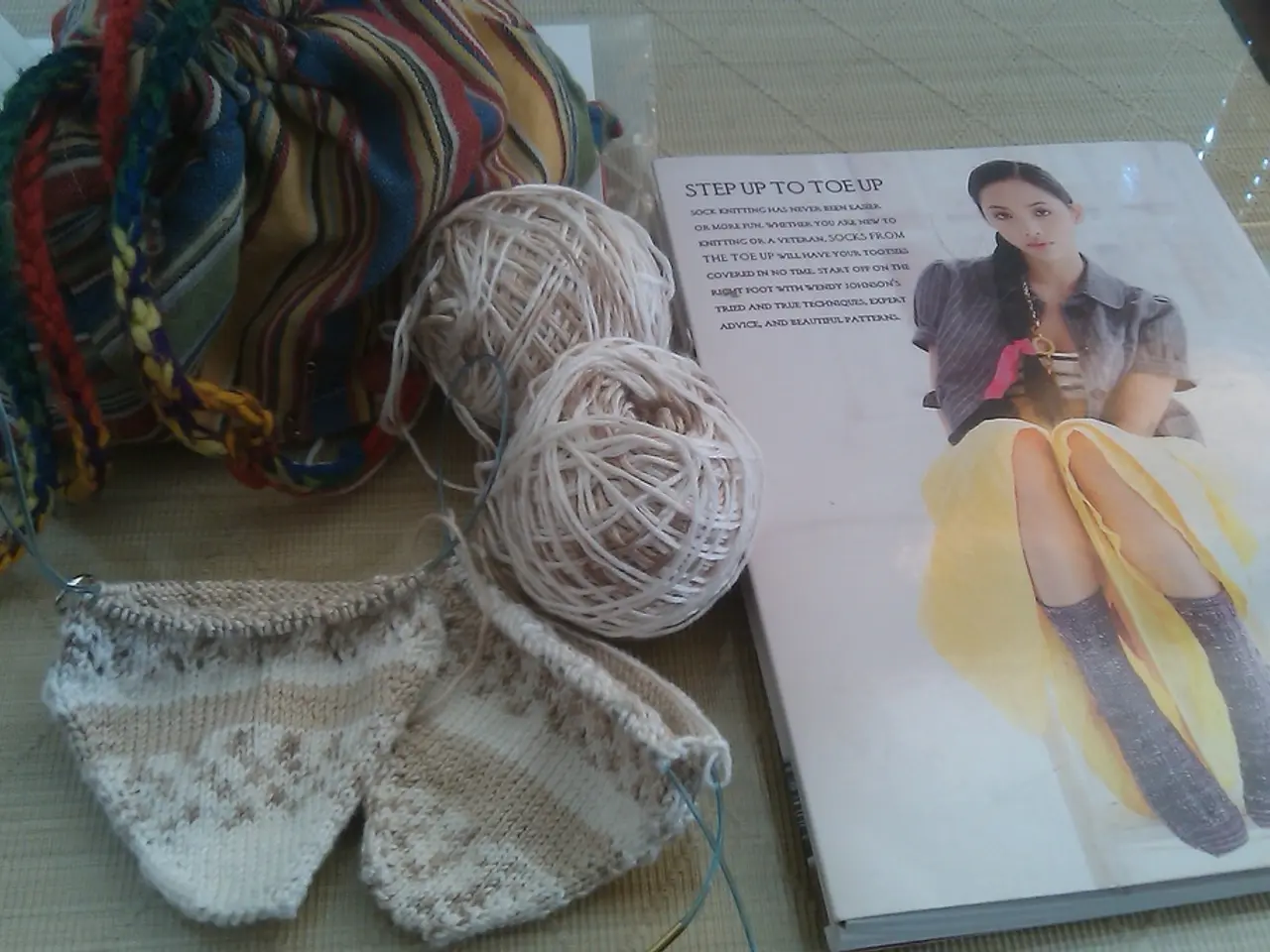Linen Has a Textured Feel
In the world of bedding, linen has often been misunderstood as a rough and scratchy fabric. However, quality organic linen, carefully crafted through traditional methods, offers a soft and comfortable sleeping experience right from the box, and it gets even softer over time.
The manufacturing process significantly influences the softness of organic flax linen. Key stages include harvesting, retting, breaking, scutching, and hackling, which are all carried out in a gentle and traditional manner to preserve the long fibers that contribute to stronger and softer linen.
When buying linen bedding online for a soft texture, consider the quality of the flax fibers, the weave type, organic certification, customer reviews, brand transparency, and care instructions. Opting for bedding made from long-staple flax fibers that have undergone gentle, traditional processes like field retting can make a significant difference.
Softer weaves or finishes, sometimes blended or treated subtly, can enhance initial softness without sacrificing breathability. Organic flax linen avoids harsh chemicals in processing, often leading to a more natural and skin-friendly fabric. Brands emphasizing traditional manufacturing methods and artisan craftsmanship often deliver softer, higher-quality linens.
Moreover, linen softens after repeated washes, so checking for recommendations on laundering that promote softness and fabric longevity is crucial. There's no need for fancy fabric softeners, as they may coat linen strands in a residue that affects their porousness.
One website, in particular, uses only fine, long-staple flax fibers, and the linen yarn is spun in water heated to 60°C (140°F), softening the fibers and smoothing the thread. Enzymes are used to garment-wash linen duvet covers before they are sold, making them soft on first use and environmentally friendly. These linen duvet covers have received hundreds of five-star reviews from customers for their out-of-the-box softness.
The linens are GOTS- and OEKO-TEX®- certified, meaning they're organic and free from harmful chemicals. They have also been declared among the "best duvet covers" by the experts at NBC. If unsure, customers can order a set of fabric swatches to feel for themselves before buying linen bedding online.
In summary, the slow, organic retting and meticulous fiber preparation combined with artisanal spinning and weaving produce linen that balances strength with softness. For soft linen bedding, seek products highlighting these traditional methods, organic sourcing, and consider that linen will improve in softness with use and proper care.
- To achieve a soft and comfortable lifestyle experience with linen, consider purchasing products that employ traditional methods such as field retting for the fiber preparation, and artisanal spinning and weaving, which balance strength with softness.
- In the realm of fashion-and-beauty and home-and-garden, opt for linen bedding that is made from fine, long-staple flax fibers, has received GOTS and OEKO-TEX® certifications, and features a soft, environmentally friendly finish, often resulting in out-of-the-box softness that customers have praised in their reviews.




